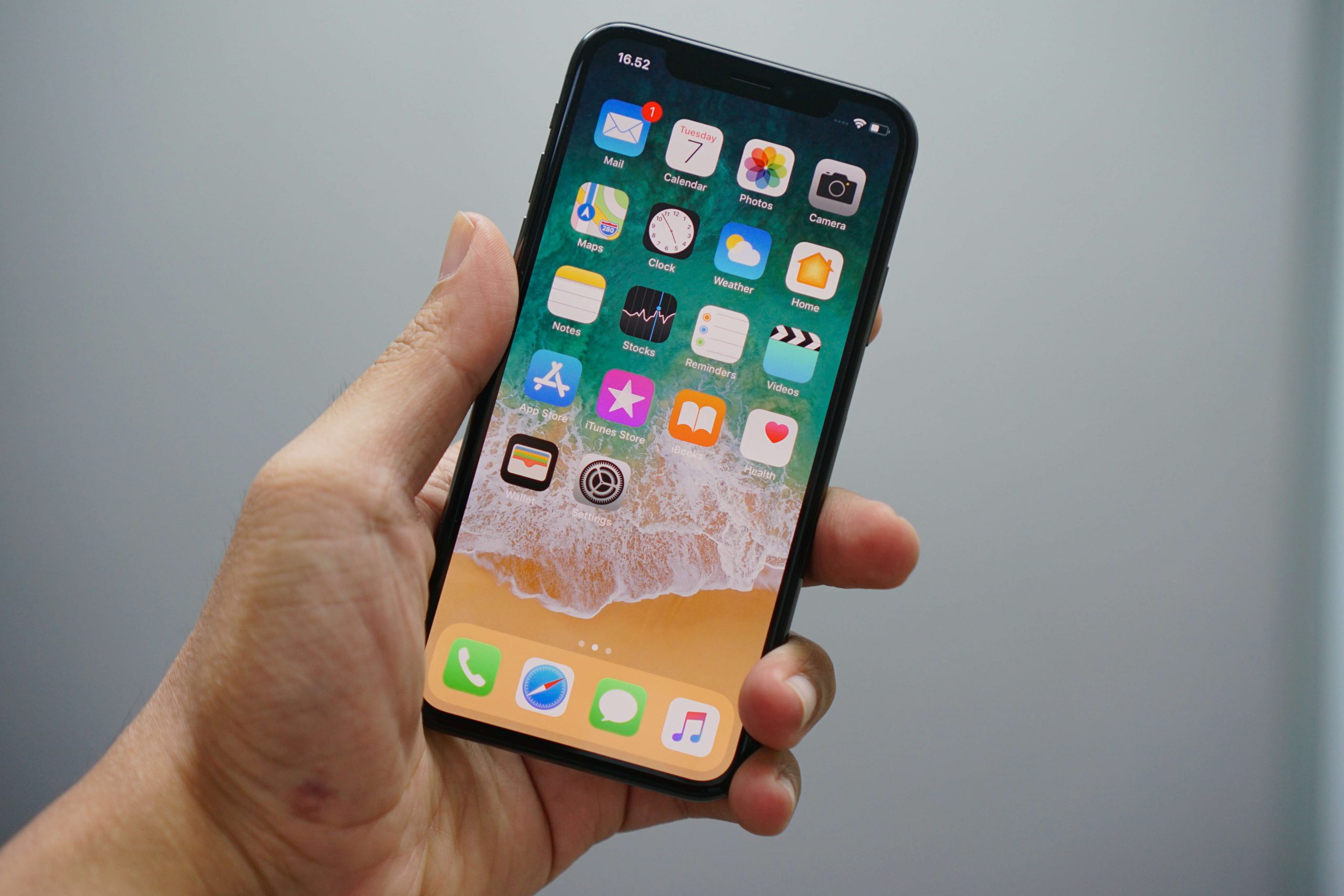Picture this, you’re kicking back on your sofa after a long day, scrolling on your phone. An ad catches your eye and you take a look at the website. You tell yourself: ”I’ve been looking for something like that for a while, I’ll treat myself”. You pop your choice into the basket, and go to pay – only to be greeted with: ”create an account to continue” or, ”enter your card details”. You look around you and you can’t see your bank card within easy reach.
You click off the website, telling yourself you’ll buy it later when you have your card to hand. But, let’s be honest, life will get in the way. You’ll forget what you were going to purchase – or worse for the initial seller, find an alternative online that has a more convenient payment option.
Convenience is critical
You might be thinking: ”that’s a nice story, but it doesn’t sound realistic” then you might be equally surprised to find out that the tale I’ve told is far from fiction. Research from Statista found that when UK shoppers abandon carts, less than a third return to buy it. A quarter of them buy the same product from a competitor.
That‘s the key here – when it comes to online purchases convenience is critical, otherwise you run a very real risk of losing purchases. So many consumers now expect instant gratification; a potential buyer sees something and they want to buy it quickly, and easily. Each barrier that is faced during that process is a point where they might drop out and abandon their purchase.
The mobile experience
A big driver behind this need for convenience is how accessible purchases are when on mobile devices. We can make purchases wherever we are: watching TV, on our commute, or while we’re doing the cooking and we’ve realised we’re out of dishwasher tablets.
Thanks to the likes of Apple Pay or Google Pay (mobile payment and digital wallet services that allows users to make payments in person, in apps, and on the web using saved card details) payments on mobile can be accessible and barrier free. Card details don’t need to be entered, so there’s no need to dig out a wallet to make a payment – one less reason to potentially abandon a cart.
Creating frictionless purchases
Implementing quick payment tools like Apple Pay and Google Pay is providing your website users with the option to instantly purchase – for those who don’t use a digital wallet, manual card entry can still be an option. But you’re giving those making an impulse purchase, or those put off by a less than seamless purchase, one less reason to bounce off your website.
According to Baymard 18% of people abandon their shopping cart because of a long and complicated checkout process – you don’t want to be missing a potential 18% extra purchases because your payment methods are prohibitive.
Know your audience to know if it’s right for you
With 50.47% of all internet users connecting to the internet via mobile in April 2021, it’s likely you need to be factoring in these convenience-driven mobile users when looking at the payment options on your ecommerce website. But the stats you really should be focussing on are the ones relating specifically to your website. Take a look at your Google Analytics to get a benchmark of the proportion of your website users visiting via a mobile device.
Don’t stop there. Try to understand who your target audience is, who may not be hitting your website just yet. Map out the audiences you want to target with buyer personas – look into general data about their demographic and online purchase trends, such as online payments and mobile usage.
If you want to learn more about why buyer personas are so important in a wider context, have a read of Amy’s blog on inbound marketing.
Many businesses make the error of assuming they know their target audience without looking into the data. For example, a business targeting an older demographic may have once assumed that their audience wouldn’t make online payments – particularly not via a mobile device. But the pandemic in particular has meant a huge shift in how we behave online: an ONS survey showed the proportion of older people going online has shot up from 29% in 2013 to over half in 2020.
Understanding your audience should be one of your first steps when making any changes to your website – you should be driven but what they need or want from your website, centring any changes you make on what your audience’s intent is. Once you know your audience you’ll be able to establish just how much of a priority implementing instant and digital wallet payments is.
Far from fiction
Let me put this all into context with an example. We knew our ecommerce client’s primary target audience fell into the millennial age bracket – and we also knew that 73% of millennials wanted to eventually be able to make all of their payments with a mobile phone. With that, our client’s own website data showed mobile users made up 75% of their website traffic but they had a very high bounce rate, spent least time on site and had the lowest conversion rate.
There could be numerous factors at play here – for example, the general user experience of the website on mobile or the higher proportion of new users from mobile devices, meaning they were potentially new to the brand and not looking to purchase immediately. That’s why a user experience and conversion rate review was our first port of call – and during that we recommended introducing Apple Pay, as one way to help create a smoother experience for mobile users.
Making your marketing work harder for you
We see so many brands driving good volumes of traffic to their website, with the likes of targeted Instagram advertising with ’swipe up to shop’ options, only to see that traffic then bounce or abandon cart.
The conversion rate is poor and one valid reason could be that the payment options aren’t available to make it easier – and more impulsive – to purchase. Ad spend is essentially being wasted when traffic is reaching a website that’s not conducive to a quick purchase.
In summary, if you’re an ecommerce business looking to improve your conversion rate then get to know your audience – and then seriously consider whether introducing an instant, digital wallet payment service would help in creating a frictionless purchase. We live busy lives, and if you can give your buyers a couple of minutes back without having to enter address and card details, then you’ll be giving them one more reason to purchase from you.
If you’re after a more in-depth understanding of how your website users behave, or how you can engage your target audience, then don’t hesitate to get in touch with us – call us on 01733 371 363 or email info@mediamatters-pr.co.uk





